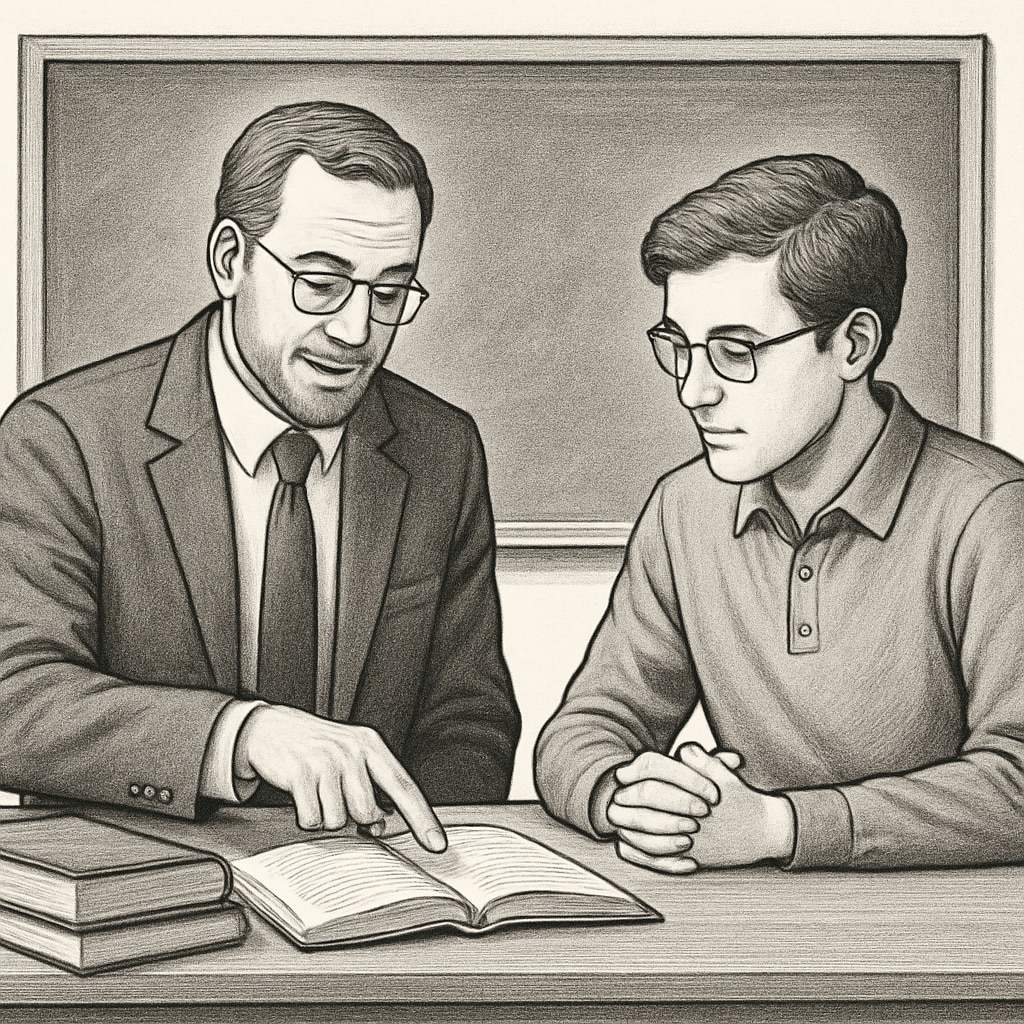In educational settings, accusations of plagiarism are serious matters. However, when professors make false plagiarism accusations, the consequences can be far-reaching. Such incidents not only damage student trust but also compromise the integrity of the academic environment. It is essential to understand the underlying causes of these misjudgments, their impact on students, and the steps needed to ensure fairness and transparency in academic evaluations.

Understanding False Plagiarism Accusations
Plagiarism is defined as the act of using someone else’s work or ideas without proper acknowledgment. For educators, identifying plagiarism is part of maintaining academic integrity. However, false accusations often stem from misunderstandings or biases. For example, a professor might misinterpret a student’s use of citations or fail to recognize cultural differences in academic writing styles. In other cases, automated plagiarism detection tools may flag false positives, leading to unwarranted disciplinary actions.
These errors highlight the need for educators to approach plagiarism assessments with care and precision. Although the intent is to uphold academic standards, inaccurate accusations can undermine the very values they aim to protect.
The Impact of False Accusations on Students
When students face false plagiarism accusations, the psychological and academic repercussions can be severe. They may experience stress, embarrassment, or a loss of confidence in their abilities. Additionally, such accusations can tarnish their academic records, affecting future opportunities such as college admissions or job applications.
Beyond individual harm, repeated instances of misjudged plagiarism can erode trust between students and educators. A learning environment thrives on mutual respect and collaboration, but mistrust driven by inaccurate accusations can lead to disengagement and resentment.

Addressing the Causes of False Accusations
Several factors contribute to false plagiarism accusations:
- Lack of training: Professors may not receive adequate guidance on detecting plagiarism effectively or understanding diverse writing practices.
- Overreliance on software: Automated tools are valuable but not infallible. They can misinterpret paraphrased content or flag common phrases as plagiarized.
- Bias or assumptions: Personal biases may influence judgments, especially if professors have preconceived notions about certain students or communities.
To mitigate these risks, institutions should offer training programs for educators on plagiarism detection and provide guidelines that emphasize fairness and accuracy.
Building Transparent Mechanisms to Protect Students
To address the issue effectively, educational institutions must implement transparent and fair mechanisms for handling plagiarism allegations. These can include:
- Appeals processes: Allowing students to challenge accusations with evidence and support from impartial committees.
- Clear criteria: Establishing well-defined standards for identifying plagiarism, ensuring consistency across evaluations.
- Educational programs: Teaching both students and professors about proper citation practices and academic integrity.
In addition, fostering open communication between educators and students can help resolve misunderstandings before they escalate into formal accusations.
Conclusion: Striving for Fairness in Education
False plagiarism accusations by professors jeopardize the principles of fairness and trust that underpin educational environments. By understanding their causes and implementing transparent mechanisms, educators and institutions can protect student rights and strengthen academic integrity. As a result, students can thrive in a system that values equity and respect, ensuring that learning remains a collaborative and enriching experience.
Ultimately, academic integrity should be a shared responsibility, requiring commitment and accountability from both educators and students. With proper safeguards in place, the pursuit of knowledge can flourish without fear of misjudgment.
Readability guidance: This article uses concise paragraphs, lists to summarize key points, and transitions to ensure clarity. Overuse of passive voice and long sentences is avoided, making the content accessible to a broad audience.


